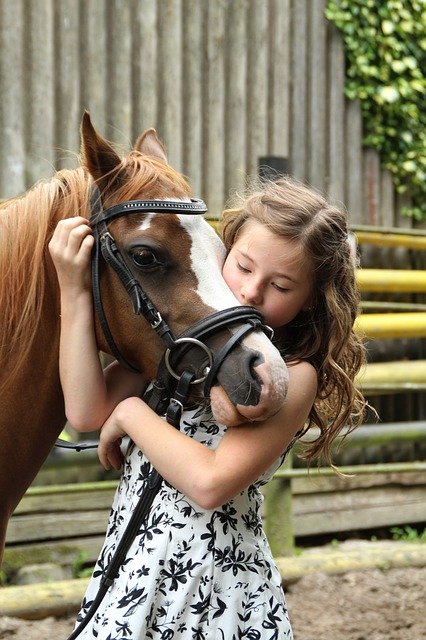By now, it is safe to assume that we have all had a heavy dose of COVID-19 news… with frequent updates. As of this writing:
- nearly every sporting event is postponed or cancelled;
- thousands of schools from coast to coast are closed;
- many gyms, restaurants, casinos, clubs, and bars are not serving patrons;
- gatherings of 10+ people are being strongly discouraged;
- “social distancing” has gone from being a term most of us never knew to a part of our daily lexicon.

By all accounts, this may still just be the start.
While there has been plenty of advice on hygiene and social behaviors that could curb the spread of COVID-19, there hasn’t been much news regarding if/how it can affect animals. In this post, we are going to delve into just what COVID-19 is, where it came from, the effect it can have on pets, precautions you can take for your pets, and what might lie ahead.
What, Exactly, is Coronavirus?
In late December, the current outbreak of COVID-19 started in Wuhan, the capital city of the Hubei province, in China. At the time, it was commonly referred to as, “The Coronavirus.” This was a misnomer, as there isn’t just a coronavirus; rather, coronaviruses make up a large family of viruses. Coronaviruses, in general, present similar symptoms, such as fever, sore throat, cough, and runny nose. In some instances, like now, they can also bring about mild-to-severe respiratory distress.
There have been several other well-known coronavirus outbreaks in the last couple of decades, namely Severe Acute Respiratory Syndrome (SARS) and Middle East Respiratory Syndrome (MERS). Prior to this recent outbreak, the 2019 Novel Coronavirus (2019-nCOV)—now known as COVID-19—was previously unknown.
Where Did COVID-19 Come From?
According to the American Veterinary Medical Association (AMVA), COVID-19, like other popular coronavirus, seems to have originated in bats. Further sequenced virus strains from the US and China suggests that the virus emerged from a single animal reservoir. The first victims of COVID-19 in Wuhan were all linked to a live animal market, which also suggests animal-to-human spread and, as we know, human-to-human spread.
While these viruses often originate in bats, they are rarely transmitted to humans that way. In the cases of SARS and MERS, the viruses were transmitted to humans via masked palm civets and dromedary camels, respectively.
Can Pets Get COVID-19?
Since we know that coronavirus originated from an animal source and was likely passed to humans through and intermediate animal host, it raises the question: Are my pets at risk for COVID-19 and, if they get it, can they pass it to me?
All things considered, this is a very valid question. From what is currently known, human-to-human contact is the primary way COVID-19 is transmitted. It is also highly unlikely that your pet is at risk for getting or spreading COVID-19. According to the World Health Organization (OIE):
There have not been any reports of companion or other animals becoming sick with COVID-19 and currently there is no evidence that they play a significant epidemiological role in this human disease. However, because animals and people can sometimes share diseases (known as zoonotic diseases), it is still recommended that people who are sick with COVID-19 limit contact with companion and other animals until more information is known about the virus.
That said, there is one confirmed case of a dog testing positive for COVID-19. The dog, a 17-year-old Pomeranian in Hong Kong, has yet to show any symptoms associated with the illness. The dog’s owners also tested positive for COVID-19, but as of this writing it is unclear whether the dog transmitted the virus to the owners or vice versa. Both the dog and the owners, though, have been quarantined.
What About Equine Enteric Coronavirus?

If you are a horse owner, you may have heard of Equine Enteric Coronavirus. The Equine Enteric Coronavirus is very different from COVID-19. Whereas COVID-19 has the most impact on the respiratory system and is transmitted by touching a surface with the virus on it and then touching your own mouth, nose, or eyes, Equine Enteric Coronavirus is a gastrointestinal disease that is transmitted by one horse ingesting the manure of another that has been infected.
These two strains of coronavirus are very dissimilar and, to date, there is no evidence that communication of either disease can be passed from humans to horses or from horses to humans.
What You Can Do
While there is currently no confirmed evidence that COVID-19 can be transmitted to or from pets, it’s always best to take basic precautions until more is known. Some of these suggestions will sound familiar.
Wash Your Hands
If you have been following recommendations to help stem the transmission of COIVD-19 between humans, you should already be washing your hands pretty frequently. To be safe, you should also be sure to wash your hands before and after you have direct contact with your pets, their food, waste, and supplies.
Have a 30-Day Supply
Just as you want to ensure you have enough supplies for yourself for 30 days, you’ll want to take the same measures for your pets. This includes food, litter, medicines, supplements, and the like.
Have a Backup Caregiver
If you contract COVID-19 and become too ill to care for your pet, either on a short-term or long-term basis, you should have someone who can. Ideally, this will be a person your pet already knows, such as a family member or neighbor. It could even be a boarding facility where your pet has stayed in the past. The idea is to make the transition of care as seamless as possible for your pet.
Build a Pet Profile
In the even that you do need to use your back up pet caregiver, you can make things much easier for them and your pet by having a pet profile create. This can include favorite food(s) and feeding frequency, favorite toys, medical conditions and medicines for those conditions, vet name and number, and any unique behaviors you pet exhibits or enjoys.
In Conclusion
While it is still too early to have a complete grasp on the origin, transmission, and spread of COVID-19, much less project its short- and long-term effects, there are ways you can protect yourself and your pets. We will likely learn much more in the following weeks, its best to take the situation seriously, but to also not panic.
Do the best with what you know and be sure to make sure your pets are getting enough food, rest, grooming, and play time so they can stay as healthy and happy as possible. In fact, take some time to do that for yourself while you are at it.
